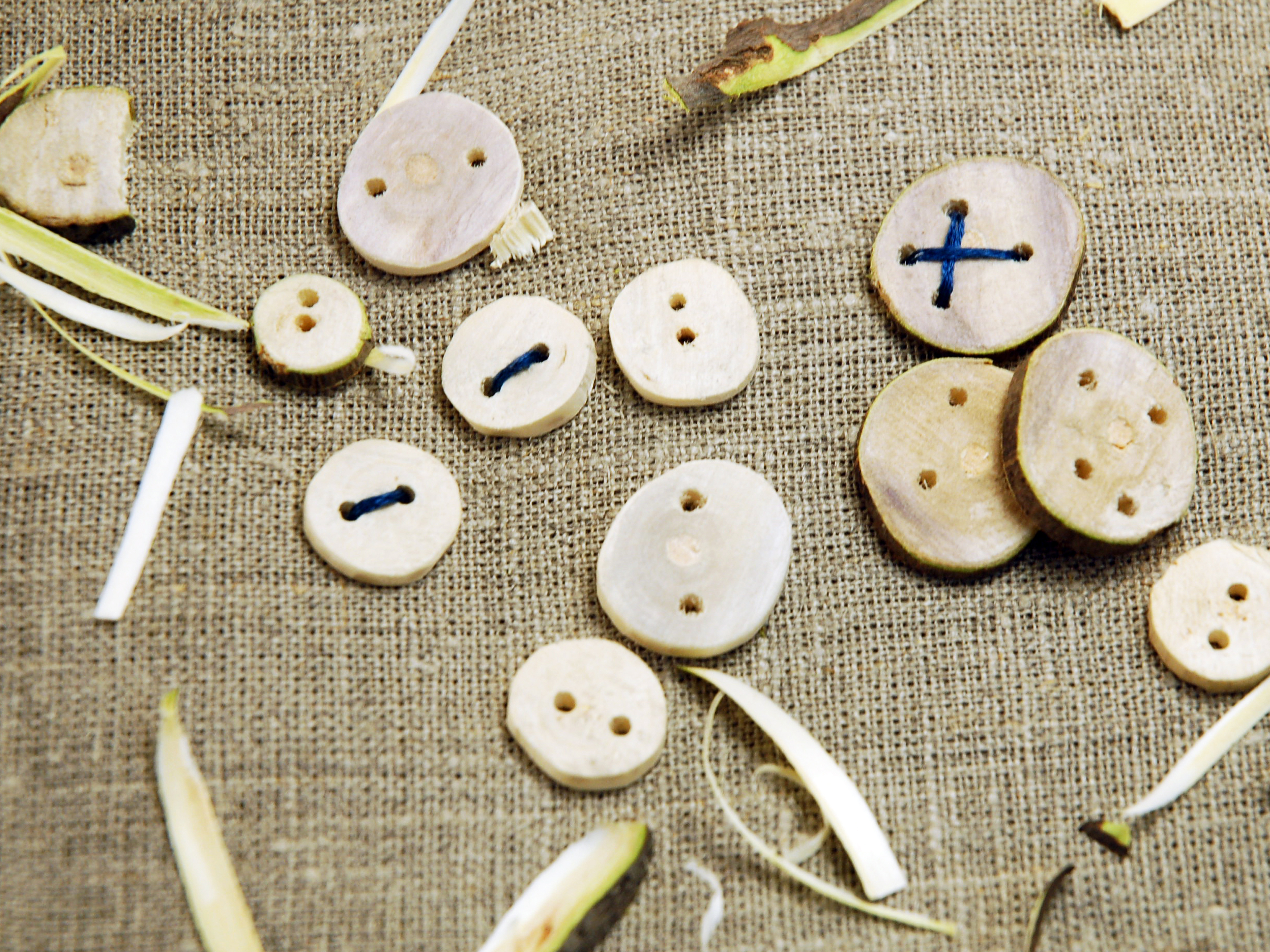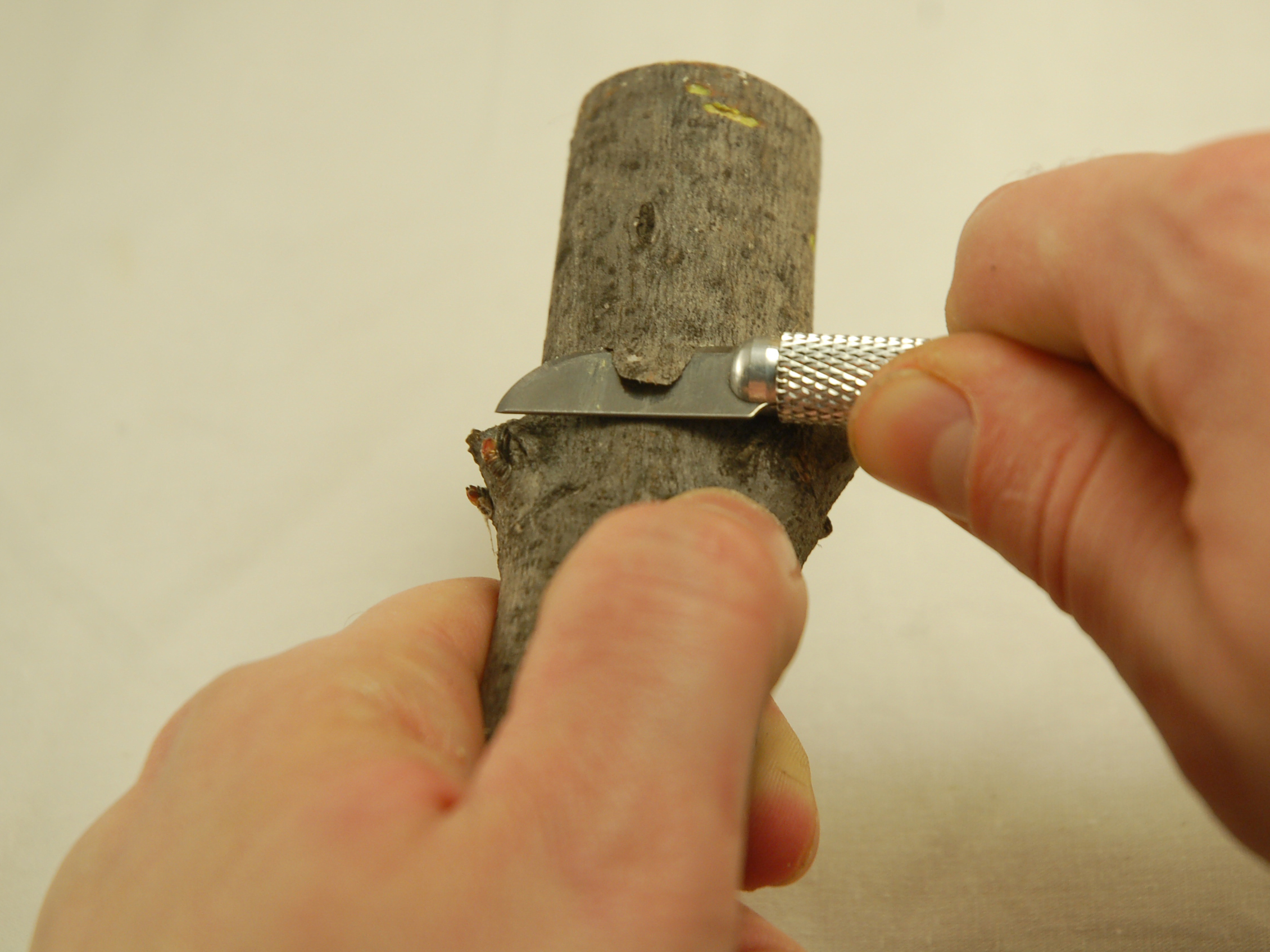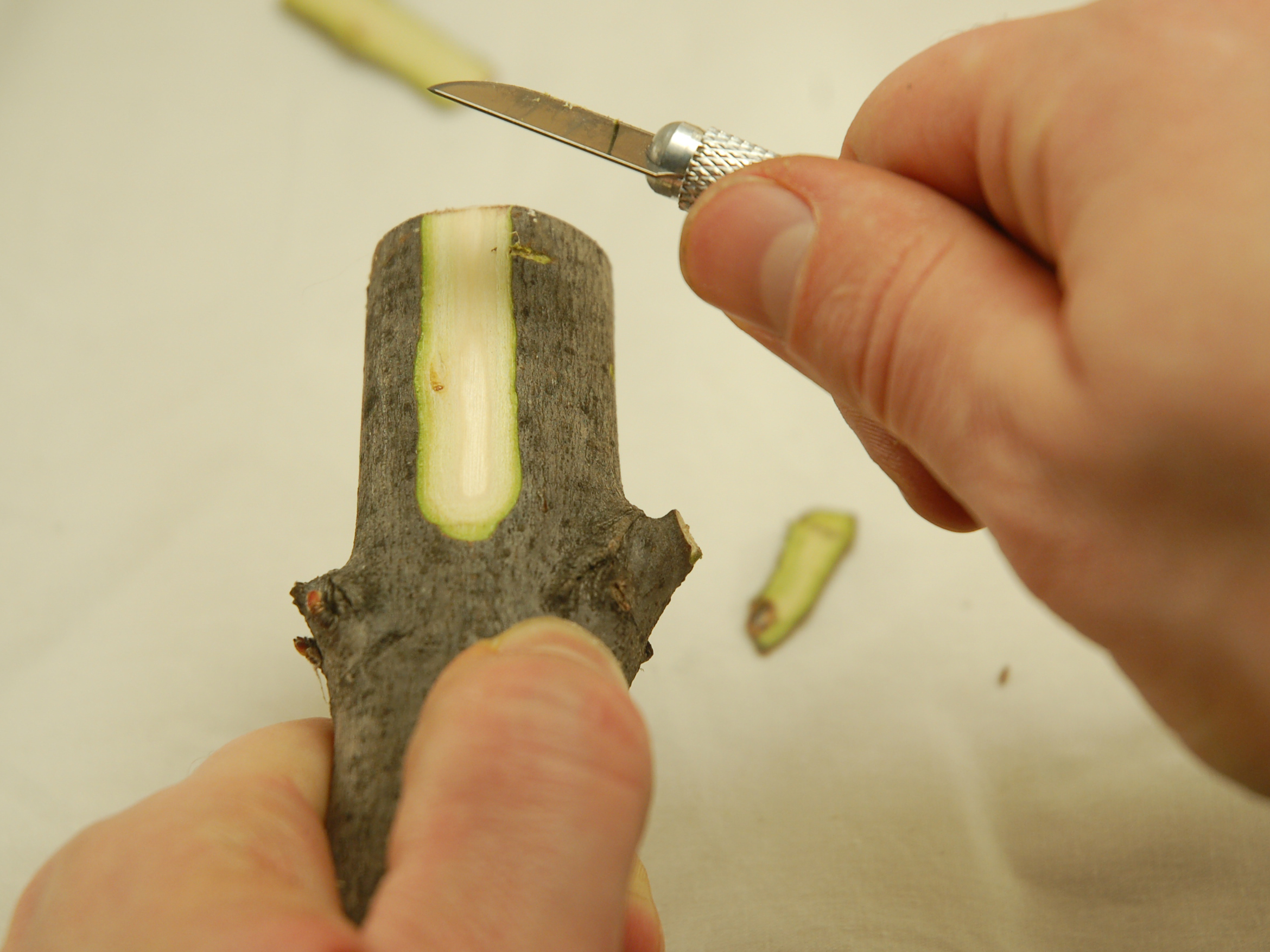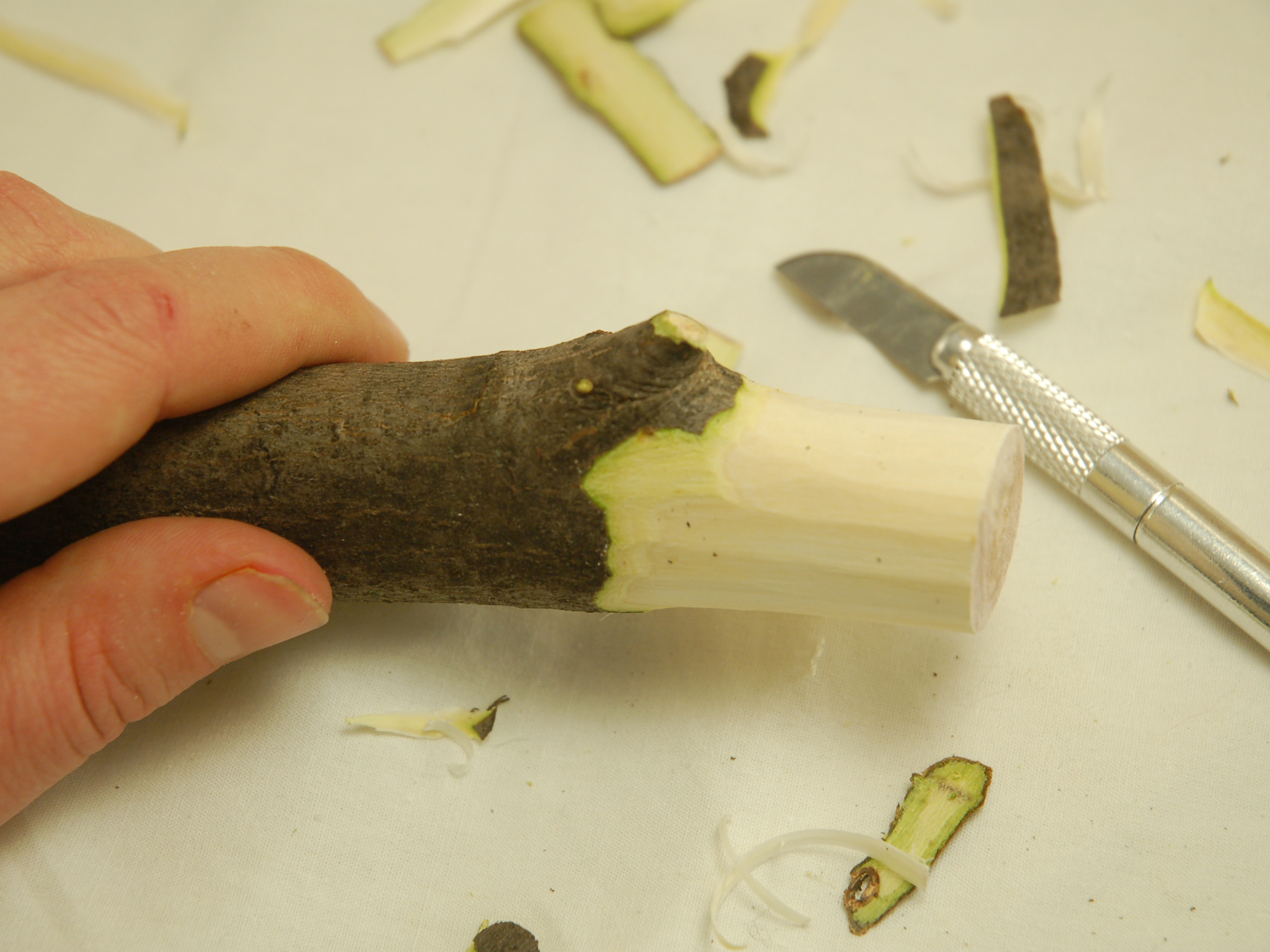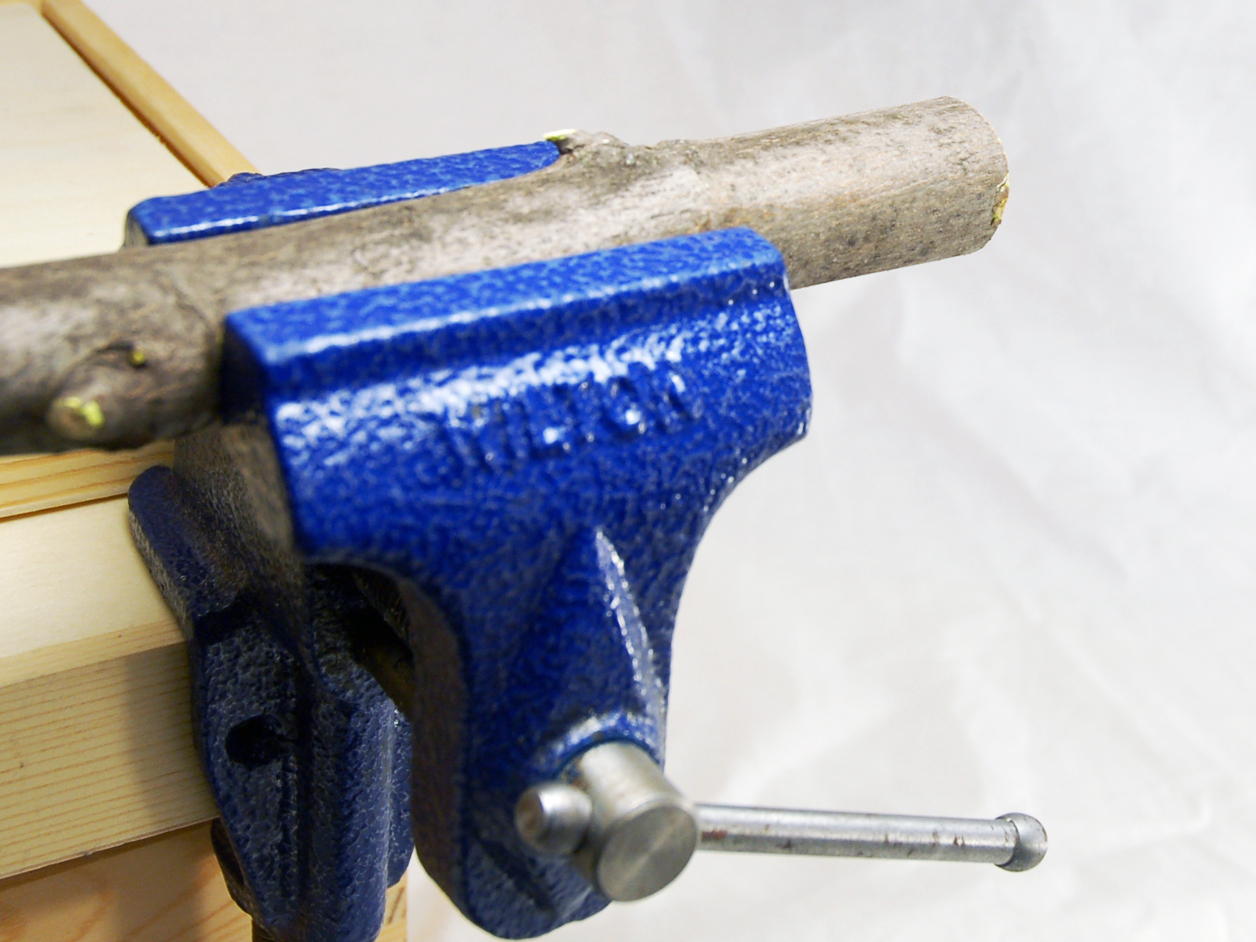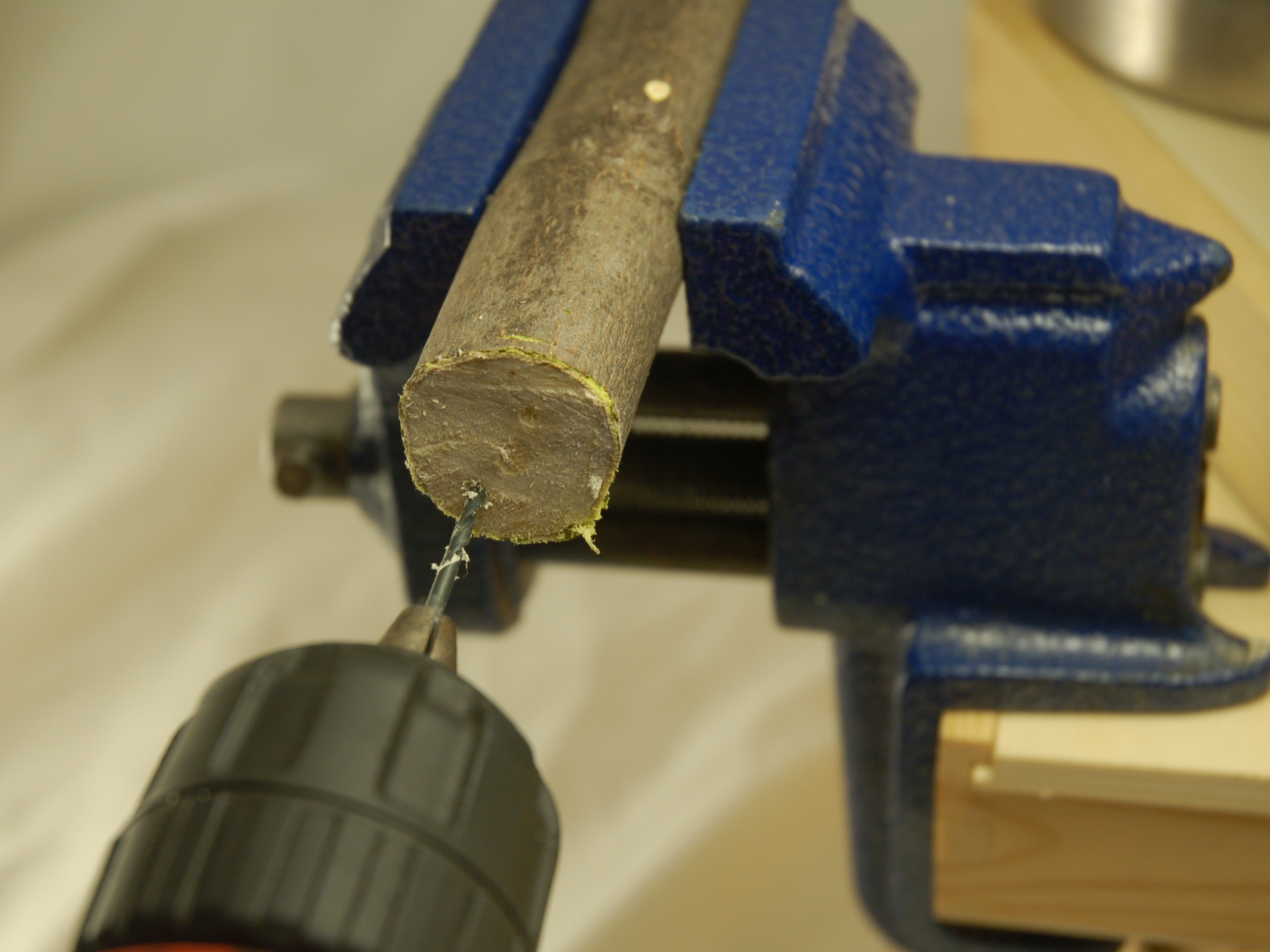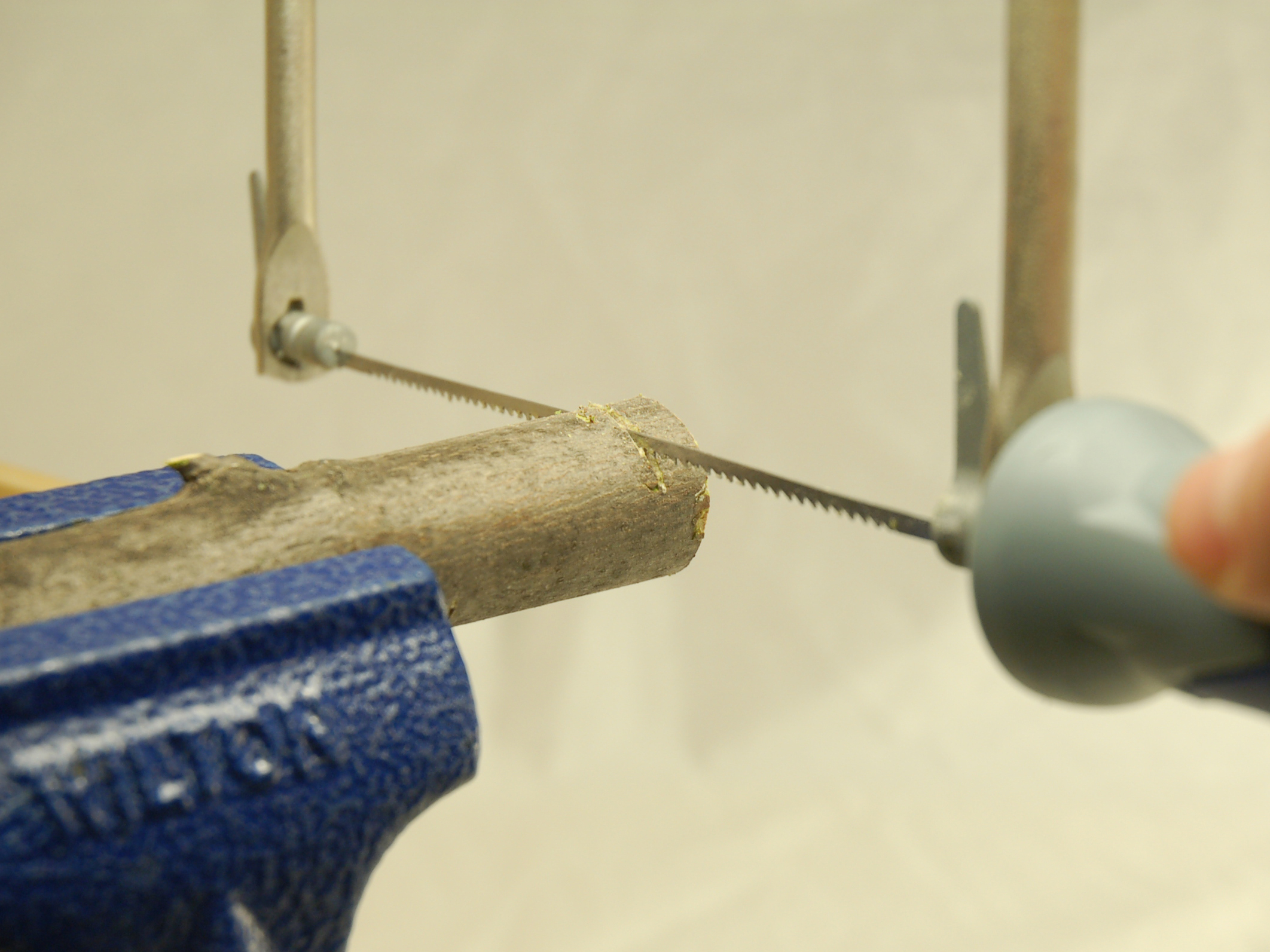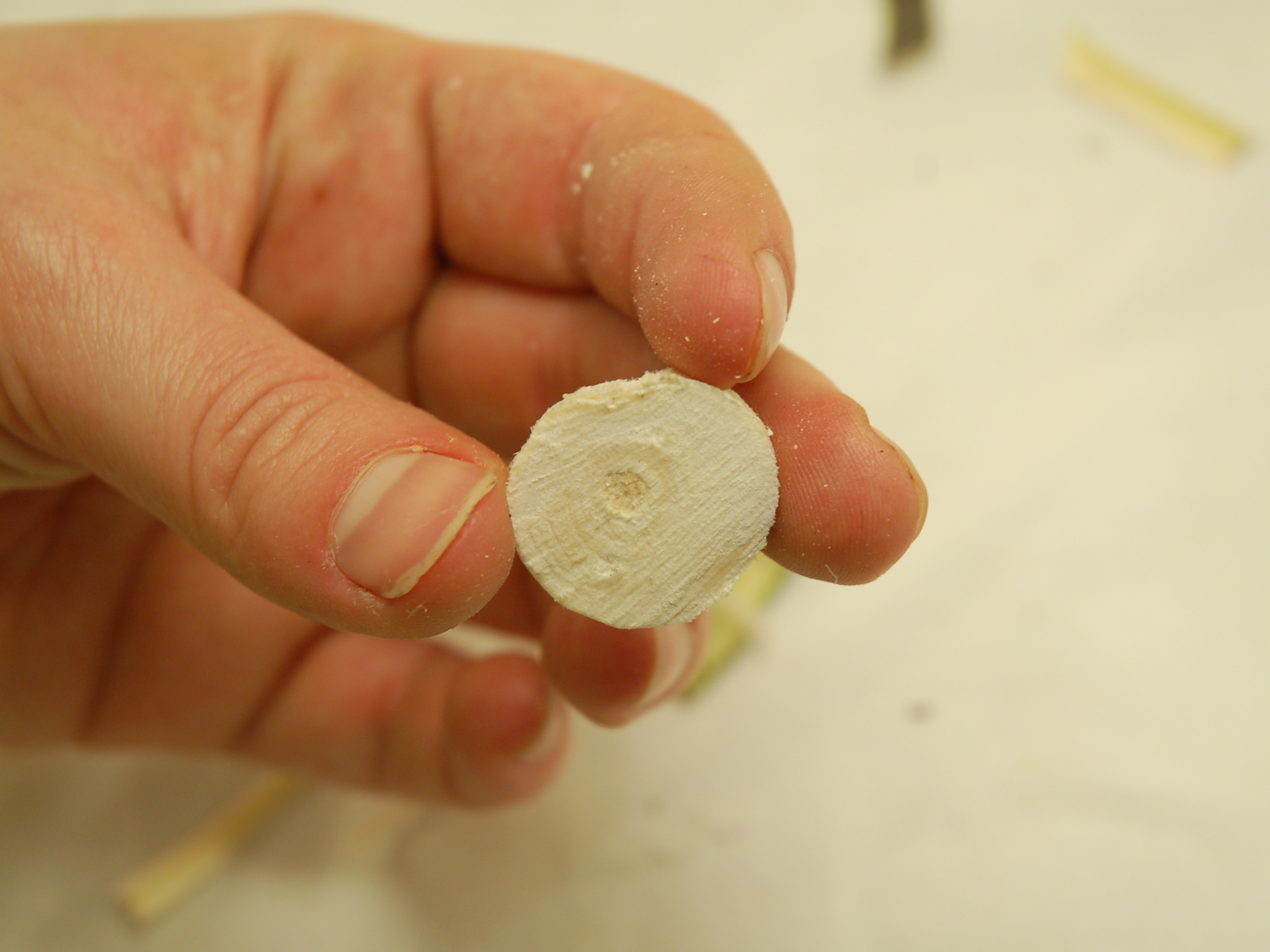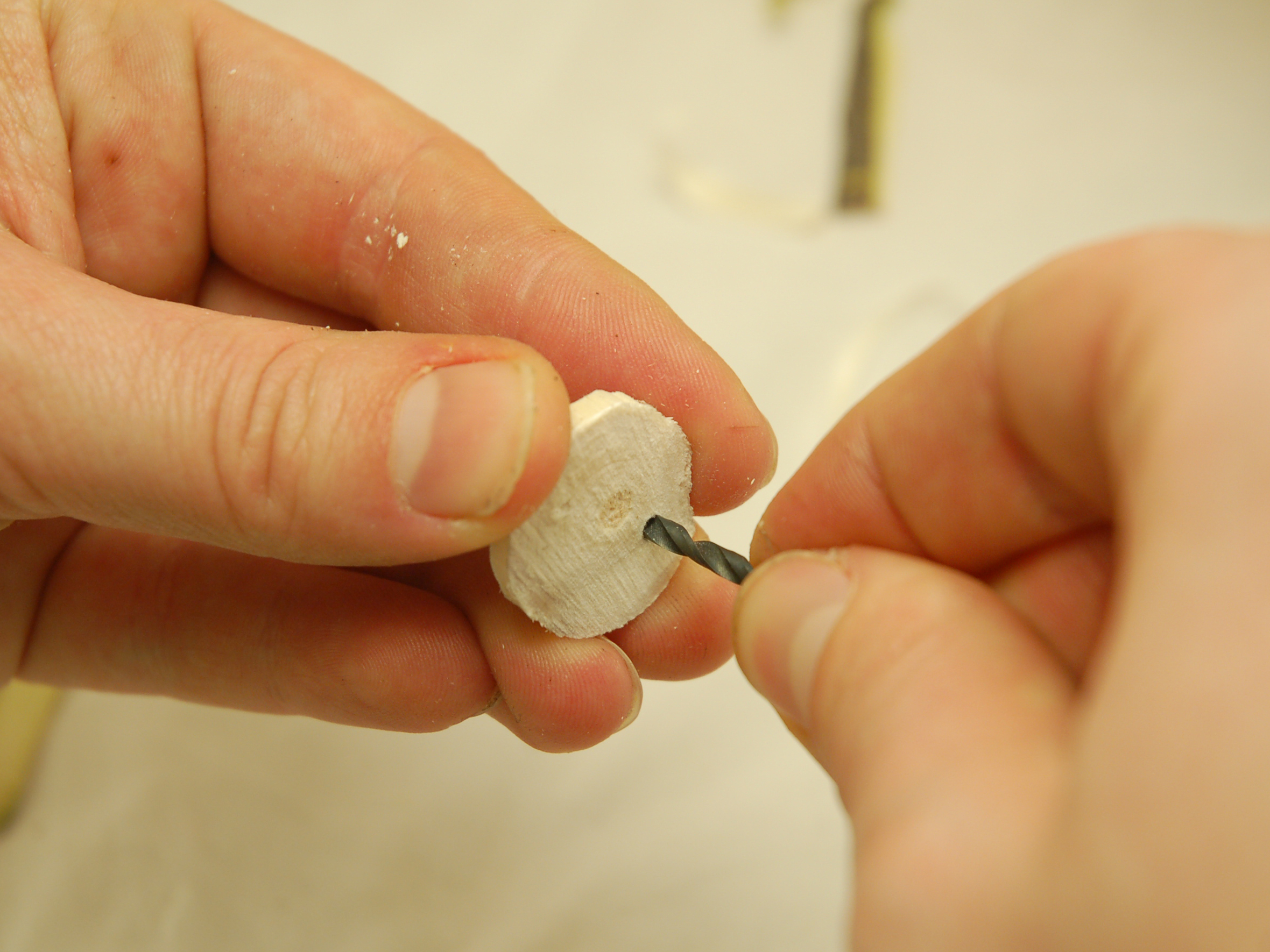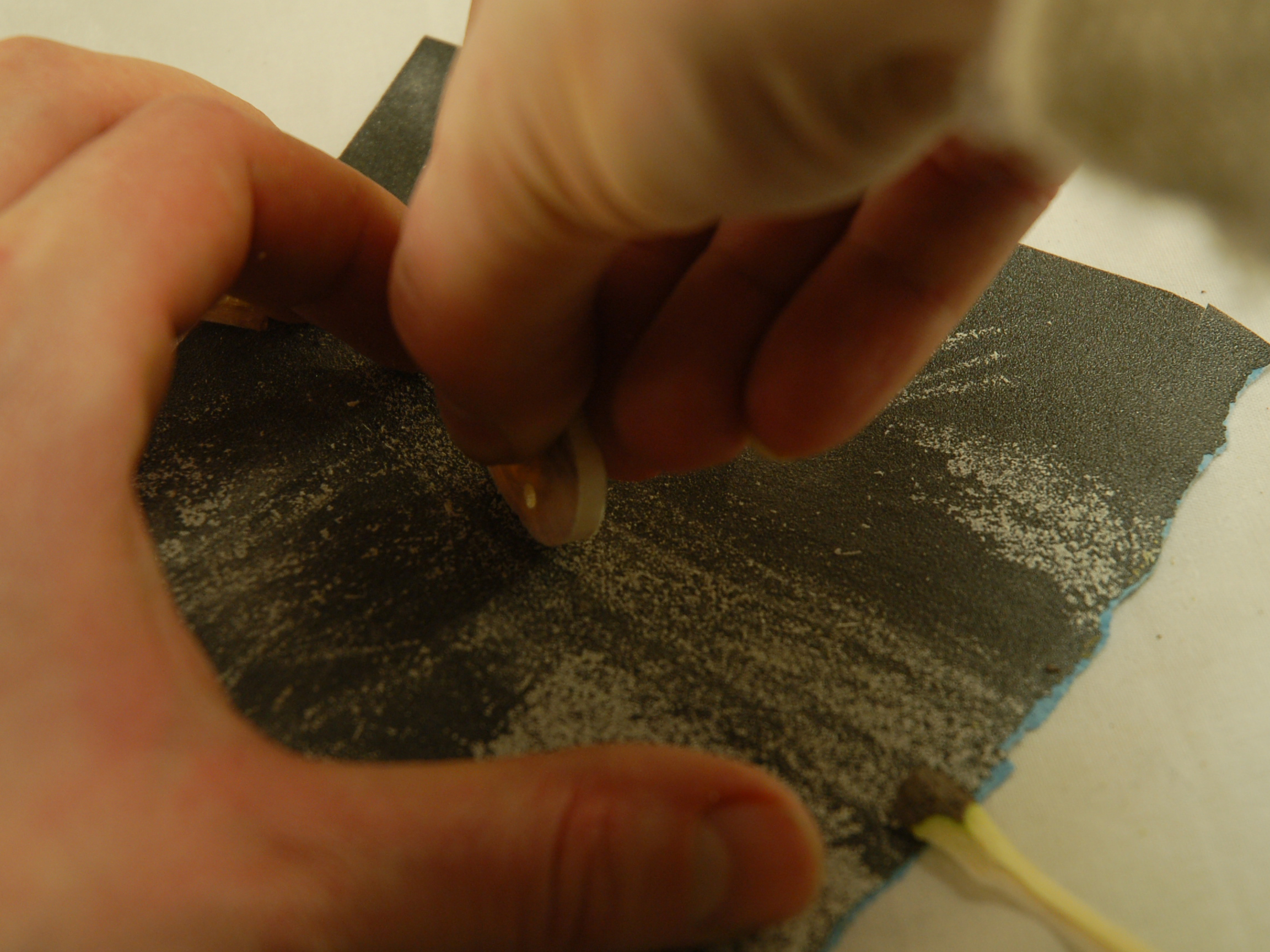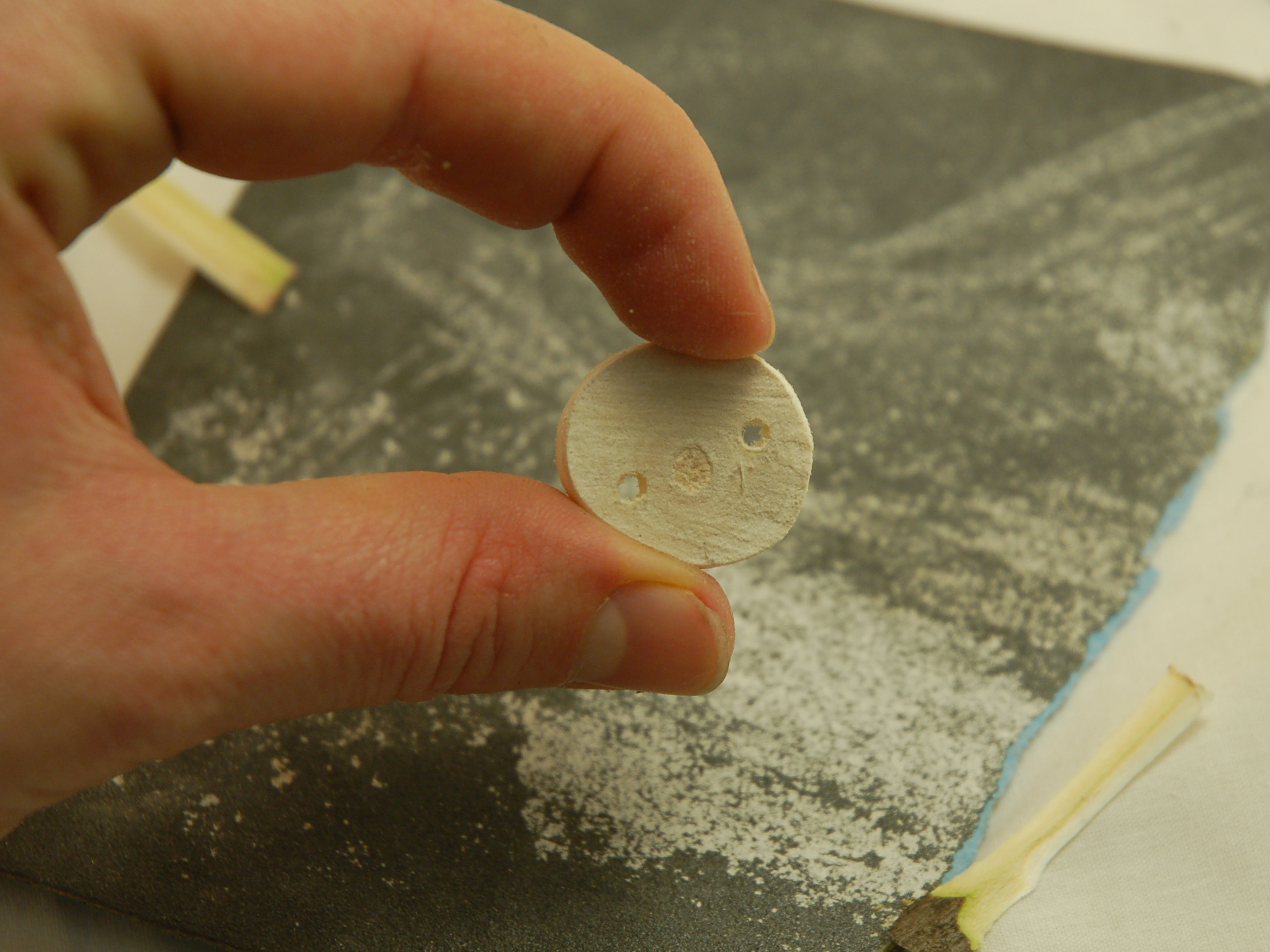After a big windstorm, it can be a little overwhelming to look at all the branches and sticks that need to be picked up in the yard. Instead of dreading this cleanup task, you can see it as a chance to collect all sorts of great materials for creative projects.
For example: I really like wooden buttons, but the ones from stores are often so highly polished that they barely look like wood at all. Here’s how to make nicer ones out of fallen branches that you find yourself. These buttons are smooth, but they retain the beautiful characteristics of the tree they came from — grain, texture, and even bark, if you choose. They are the perfect thing to adorn your totes, shirts, bags, or any other project that needs a little tree bling!


